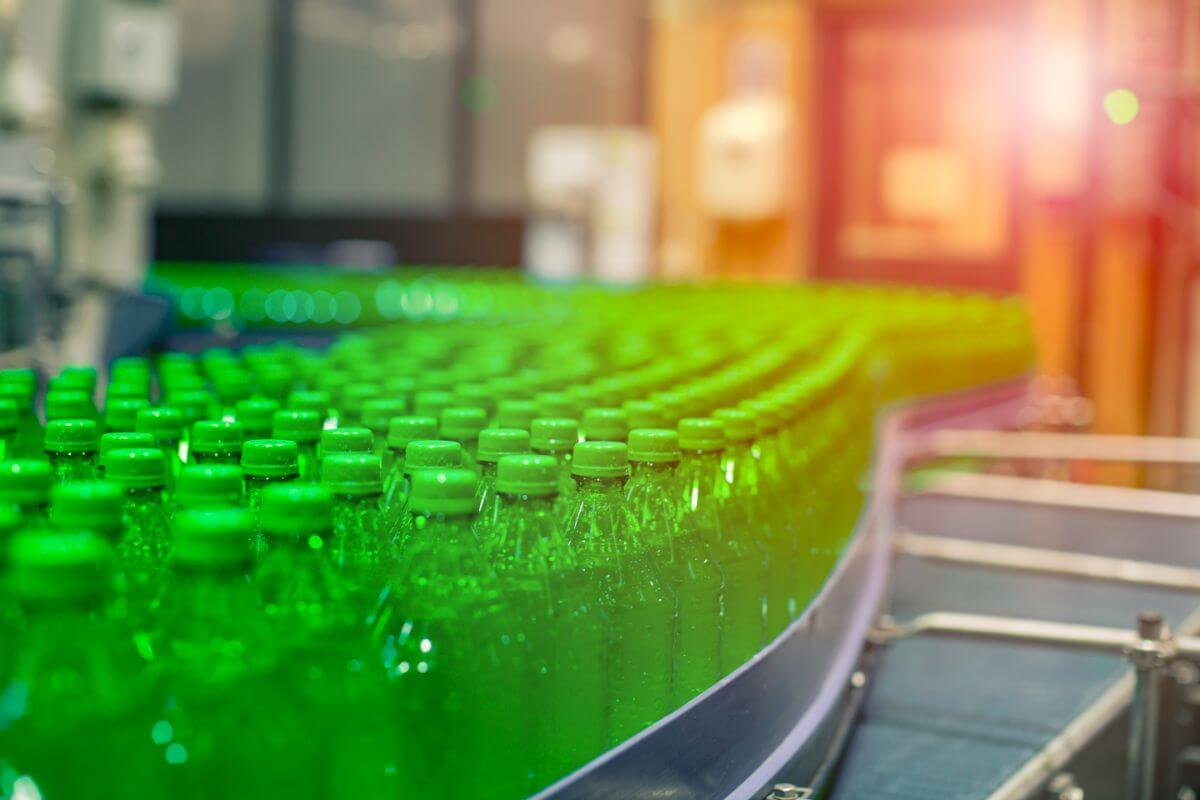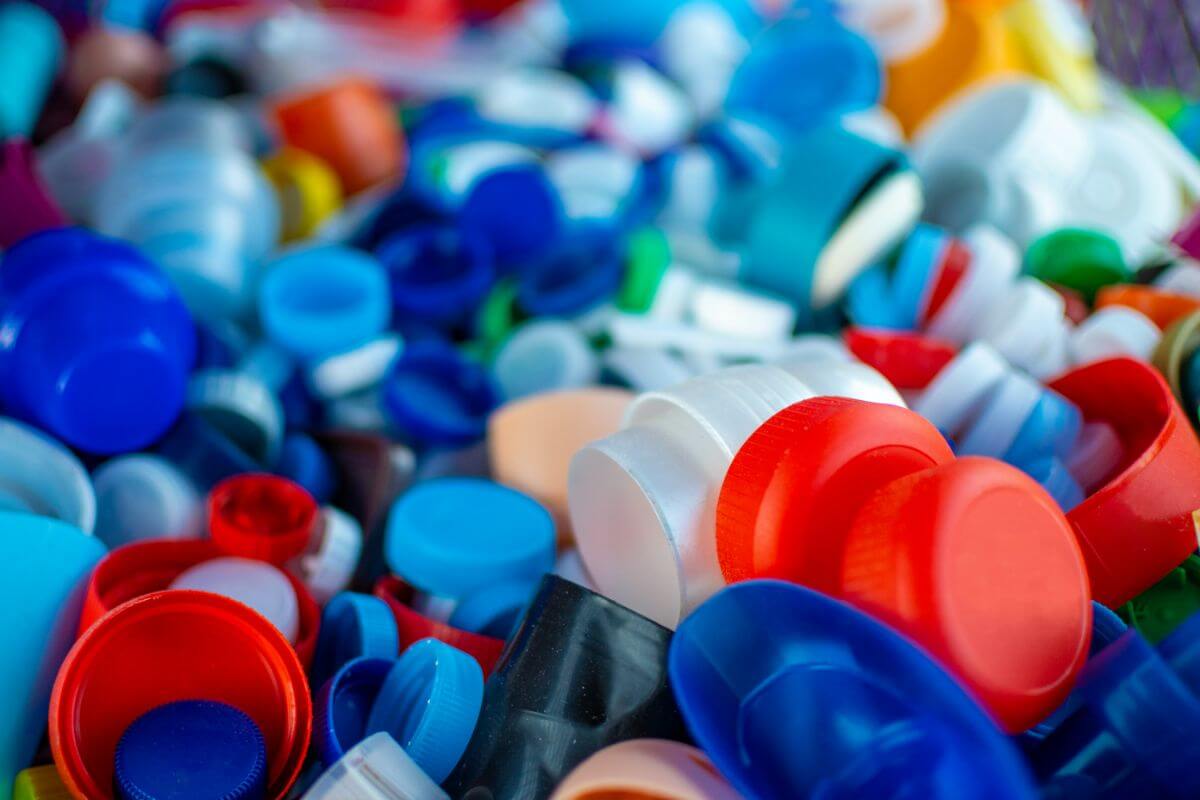June 2, 2023
Benefits of Plastic Injection Molding in the USA

Plastic injection molding is a highly versatile manufacturing process that has revolutionized the production of various products in the USA. This method involves injecting molten plastic material into a customized plastic mold, creating intricate and precise components with excellent quality and consistency.
The benefits of plastic injection molding in the USA are numerous and undeniable, making it a preferred choice for molding plastic parts. With that being said, let’s discuss these benefits for various companies in the USA. Read on to learn more.

In the USA, automated processes for manufacturing materials are important for faster operations. Automated systems optimize production processes, leading to increased output and faster turnaround times, thus enhancing productivity and efficiency.
Therefore, the need for companies in the USA to implement plastic injection molding for the manufacturing of their plastic materials is critical. It’s proven to be the most efficient method for producing high-quality plastic parts, particularly when executed by an experienced team of engineers and designers.
Moreover, this ensures minimal manufacturing problems during the production cycle, resulting in a smoother automated process.
The reason for the preference of American companies for plastic injection molding is its capability of producing high-volume plastic products at a faster cycle time.
Specifically, the cycle time to complete the process can range from as short as 15 seconds to around 2 minutes, depending on the complexity of the design and the size of the mold. This helps companies produce a large volume of plastic products in a short time frame, which allows them to optimize their production schedule, meet tight deadlines, and respond promptly to their market demands.
Compared to other methods such as blow molding, thermoforming, and such, plastic injection molding completes the manufacturing process of plastic parts in a fraction of the time.
Besides producing high-volume plastic products, plastic injection molding also produces uniform and complex parts. During the process, it ensures proper vent, gate placements, weld lines, corner transitions, wall thickness, rib and boss design, and more. These considerations help facilitate easy ejection of the parts and achieve precise results.
Additionally, it can achieve repeatable part tolerances, which refers to the allowable range of variation in the dimensions, sizes, and specifications of the molded parts. It represents the acceptable deviation from the exact intended measurements specified in the design.
For instance, the dimensions of the produced plastic parts can deviate by a maximum of 0.500 mm (or 0.020 inches). This showcases the high level of accuracy and precision that can only be achieved through careful design and optimization in the injection molding process.

Luckily, there are over 25,000 materials to choose from for plastic injection molding, including thermoplastics, thermosets, silicones, and resins. These materials offer a diverse range of mechanical, physical, and chemical properties.
On the other hand, some of the commonly used materials for this process are polypropylene (PP), polystyrene (PS), polyethylene (PE), and acrylonitrile butadiene styrene (ABS). They offer various characteristics such as flexibility, strength, and impact resistance, which allows companies to select the material that meets their standards.
Finally, there are multiple color options available for achieving the desired appearance of the molded parts. These include masterbatches, which are concentrated pigments mixed with a carrier resin, as well as pre-colored resins, liquid colorants, and salt and pepper blends used to achieve different colors and effects.
During the injection molding process, you can expect some excess scraps, which typically include runners, sprues, and other leftover plastic parts that are not part of the final product. However, these excess scraps can be recycled and reused, reducing material waste.
So, make sure to collect the scraps and process them through a regrinding or granulation process, where they can be broken down into smaller particles or pellets. As a result, they can be melted and blended with new raw materials to create new molds or parts.
In plastic injection molding, labor costs are often lower compared to other types of molding processes. This is primarily due to the high level of automation and efficiency inherent in injection molding technology.
Additionally, the equipment used in the process is equipped with self-gating and automatic tools. These tools are designed to streamline operations and ensure continuous production without the need for extensive manual intervention.
The benefits of plastic injection molding in the USA make it an indispensable manufacturing process for businesses across various industries. Its efficiency and cost-effectiveness set it apart, as it enables the production of high-quality plastic parts at a rapid pace.
If you’re in search of reliable injection molding, look no further than Richfields Corporation. We are a China-based company that offers full-service injection molding for companies in the USA. For more information, contact Richfields Corporation here.